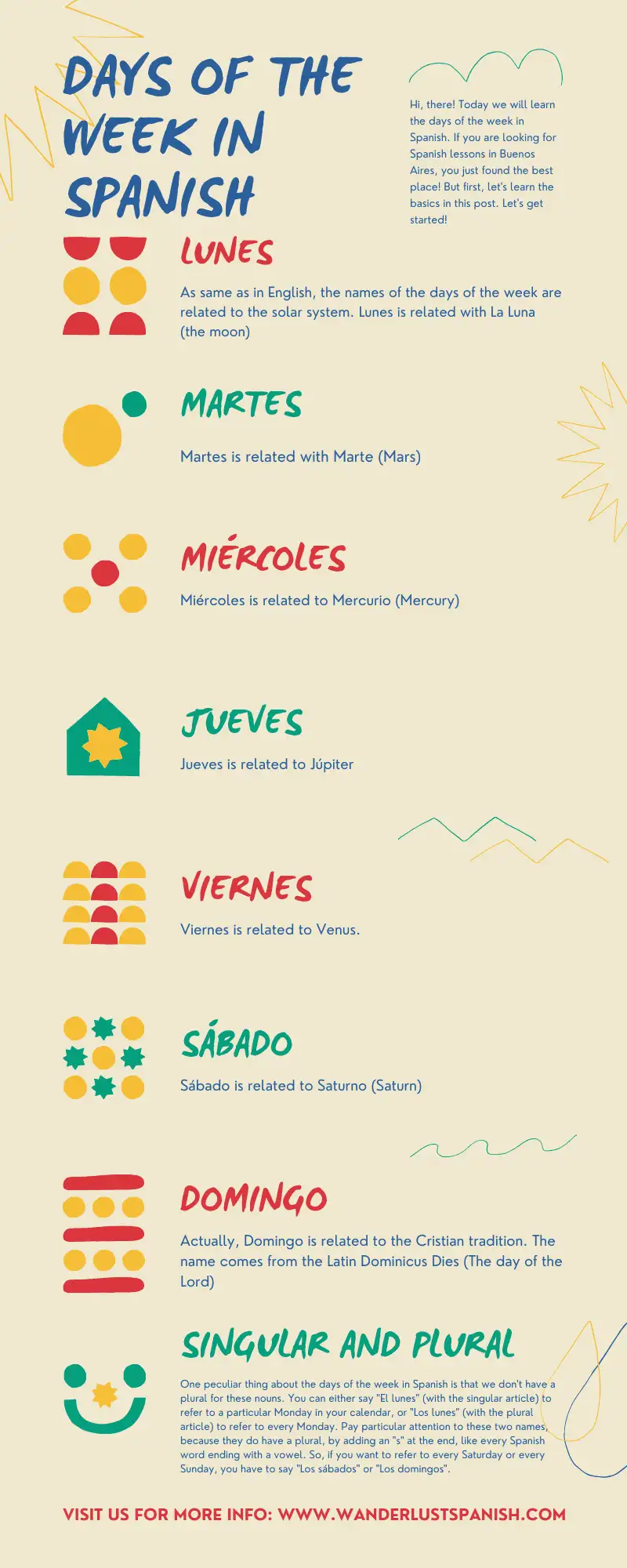Learning to ask questions is critical to communicating effectively in any language. WH questions (questions with interrogative words in English) are a key element in communication, since they allow us to obtain information and delve into a topic. At our language school, we understand the importance of mastering this aspect of the language, and that is why we offer a complete guide to learn how to ask questions in Spanish and English
In this article, we will teach you how to use the seven question words in English (what, who, where, when, why, which, and how) to ask effective questions and improve your communication skills in the language. Let’s get started!
How are the WH questions in Spanish?
Contents
WH-questions in Spanish are questions that begin with a WH-word. These questions are used to obtain information or clarification about a topic. In Spanish, there are seven WH-words: quién, qué, cuál, cómo, cuándo, dónde, and por qué. Let’s explore each one in more detail:
Quién (Who): Quién is used to ask about a person or people. For example:
- ¿Quién es tu mejor amigo? (Who is your best friend?)
- ¿Quiénes son los participantes del concurso? (Who are the contestants in the contest?)
Qué (What): Qué is used to ask about a thing, an action, or an idea. For example:
- ¿Qué libro estás leyendo? (What book are you reading?)
- ¿Qué piensas de la política del gobierno? (What do you think of the government’s policies?)
“Que” is a very common word in Spanish that has several meanings and uses. Here are some of the most common meanings:
Relative pronoun: “Que” can be used as a relative pronoun to introduce a subordinate clause that provides more information about a noun. For example, “La casa que compré” (The house that I bought).
Conjunction: “Que” can also be used as a conjunction to join two clauses. For example, “Quiero ir al cine, pero tengo que estudiar” (I want to go to the movies, but I have to study).
Interrogative pronoun: “Que” can be used as an interrogative pronoun to ask for information about a thing or concept. For example, “¿Qué significa eso?” (What does that mean?)
Exclamation: “Que” can be used to express strong emotions or to introduce an exclamation. For example, “¡Qué lindo día!” (What a beautiful day!)
Particle: “Que” can be used as a particle to indicate doubt, disbelief, or uncertainty. For example, “No creo que sea verdad” (I don’t think it’s true).
Overall, “que” is a versatile word in Spanish that has several different meanings and uses depending on the context in which it is used.
Cuál (Which): Cuál is used to ask about a choice or selection among a limited number of options. For example:
- ¿Cuál es tu película favorita? (Which is your favorite movie?)
- ¿Cuál es tu plato preferido? (Which is your favorite dish?)
“Cual” is a very interesting word in Spanish. In English, it’s often translated as “which” or “what,” but in Spanish, it has a special flavor!
“Cual” is an interrogative pronoun that is used to ask questions about options or alternatives. For example, “¿Cual te gusta más?” (Which one do you like the most?) or “¿Cual es tu color favorito?” (What’s your favorite color?)
But the fun thing about “cual” is that it can be a little more subtle than other interrogative words in Spanish. Sometimes, it’s used to ask for information without being too direct. For example, instead of asking “¿Dónde estás?” (Where are you?), you can ask “¿Cual es tu ubicación?” (What is your location?) A little more elegant, don’t you think?
So there you have it, my friend. “Cual” is a fun and useful word in Spanish that you can use to ask questions about options and alternatives, or to ask for information in a subtle and elegant way.
The best movies in Spanish

Cómo (How): Cómo is used to ask about the way or manner in which something is done. For example:
- ¿Cómo se prepara el arroz con pollo? (How do you prepare chicken and rice?)
- ¿Cómo llego a la estación de tren? (How do I get to the train station?)
The words “como” and “cómo” are both Spanish words, but they have different meanings and uses.
“Como” is a conjunction or adverb that means “like” or “as,” and is used to make comparisons or to introduce examples. For example, “Me gusta correr como ejercicio” means “I like to run as exercise.”
“Cómo” is an interrogative pronoun or adverb that means “how” and is used to ask questions or to express surprise or doubt. For example, “¿Cómo te llamas?” means “What is your name?” or “No sé cómo hacerlo” means “I don’t know how to do it.”
It’s important to note that in Spanish, the accent mark is important, as it changes the meaning of the word. “Como” without an accent mark means “like” or “as,” while “cómo” with an accent mark means “how.”
Cuándo (When): Cuándo is used to ask about a specific time or date. For example:
- ¿Cuándo es tu cumpleaños? (When is your birthday?)
- ¿Cuándo vuelve el autobús? (When does the bus return?)
“Cuando” is another Spanish word that means “when” in English. It is a conjunction that is used to introduce a subordinate clause indicating the time at which something happens or will happen.
For example, “Voy a la playa cuando termine mi trabajo” means “I’m going to the beach when I finish my work.” In this sentence, “cuando” is used to indicate the time when the speaker will go to the beach, which is after they finish their work.
“Cuando” can also be used to ask a question about the time something will happen. For example, “¿Cuándo vas a venir a mi casa?” means “When are you coming to my house?” In this sentence, “cuándo” is used to ask about the time when the listener will come to the speaker’s house.
Dónde (Where): Dónde is used to ask about a location or place. For example:
- ¿Dónde está la biblioteca? (Where is the library?)
- ¿Dónde te vas de vacaciones este año? (Where are you going on vacation this year?)
Por qué (Why): Por qué is used to ask about the reason or cause of something. For example:
- ¿Por qué no viniste a la fiesta? (Why didn’t you come to the party?)
- ¿Por qué el proyecto se retrasó tanto? (Why was the project delayed for so long?)
When using WH-questions in Spanish, it’s important to remember that the verb comes before the subject. For example:
- ¿Qué haces mañana? (What are you doing tomorrow?)
- ¿Cuál es tu canción favorita? (Which is your favorite song?)
In addition, when using quién and cuál, it’s important to use the correct form based on whether the noun is masculine or feminine, and whether it is singular or plural. For example:
- ¿Quiénes son tus amigos? (Who are your friends?) – Use quiénes because amigos is plural.
- ¿Cuál es tu color favorito? (Which is your favorite color?) – Use cuál because color is singular.
Finally, when using WH-questions in Spanish, it’s important to pay attention to the intonation. In Spanish, the intonation of a question rises at the end. For example:
- ¿Dónde estás? (Where are you?) – The intonation rises at the end to indicate a question.









